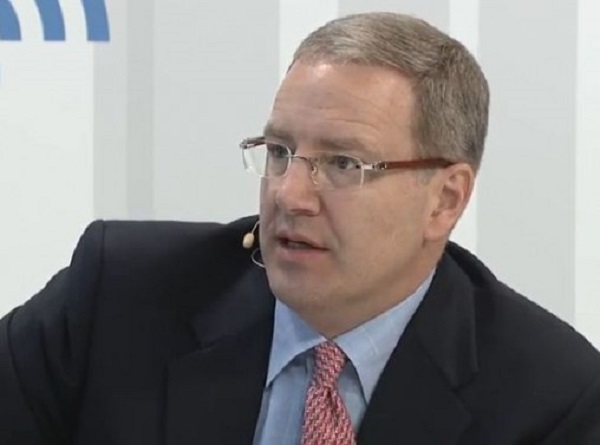What the focus on global brands means for the locals.
Last Thursday, Breville Holdings Ltd unveiled the new strategic direction it has been working on for the past six months. Retail partners, shareholders and customers will find it at the end of the half year results that reported a 12.7% revenue increase.
The company has pointed out that “from an EBIT perspective, approximately 95% of the 2015 financial year EBIT was generated from the ‘global’ go-to-market model.”
“There is significant opportunity to for the Group to build upon this success,” CEO Jim Clayton (pictured below) said.

As a result, Clayton said that the Group would now be transitioning into a global, innovation-driven product company which would be completed by:
- Increasing the number of new global product releases
- Shortening the development cycles and accelerating new product introductions
- Aligning the Group behind the two distinct go-to-market models
The two ‘go-to-market’ models presently being executed by Breville are firstly, its global model with a premium position in the kitchen appliance categories, selling primarily under the Breville and Sage brands.
The second, local model operates in Australian and New Zealand, selling through multiple brands, across multiple categories, at a full range of price points, from kitchen appliances to personal care and garment care.
Market expansion and optimisation
Clayton said that the Group would now focus on accelerating growth by increasing the size of its addressable market by:
- Improving go-to-market and geographic footprint effectiveness
- Expanding into new channels where appropriate, driving greater penetration into existing markets; and
- Helping its distribution partners grow more quickly
Scalable, global platform
To support accelerated growth, Clayton said the Group is now transitioning from its historical, decentralised structure in to what it has described as “a functional, global model, and, where appropriate, it is up-skilling key capabilities.”
This is already evident with the recent redundancies within the Kambrook business.
Other steps which Clayton said the company has taken towards its centralised strategy include:
- Rolling out a global functional organisation structure
- Hiring a COO (LA based) and global Go-To-Market Officer (Sydney based)
- Adjusted resource allocation to accelerate the development of key new products and added resources to the R&D team, including the Internet of Things
- Allocation of marketing spend based on global level optimisation vs. the individual country level
- Commencement of the implementation of a global S&OP process; and
- Continuation of the roll out of a Group-wide application stack

